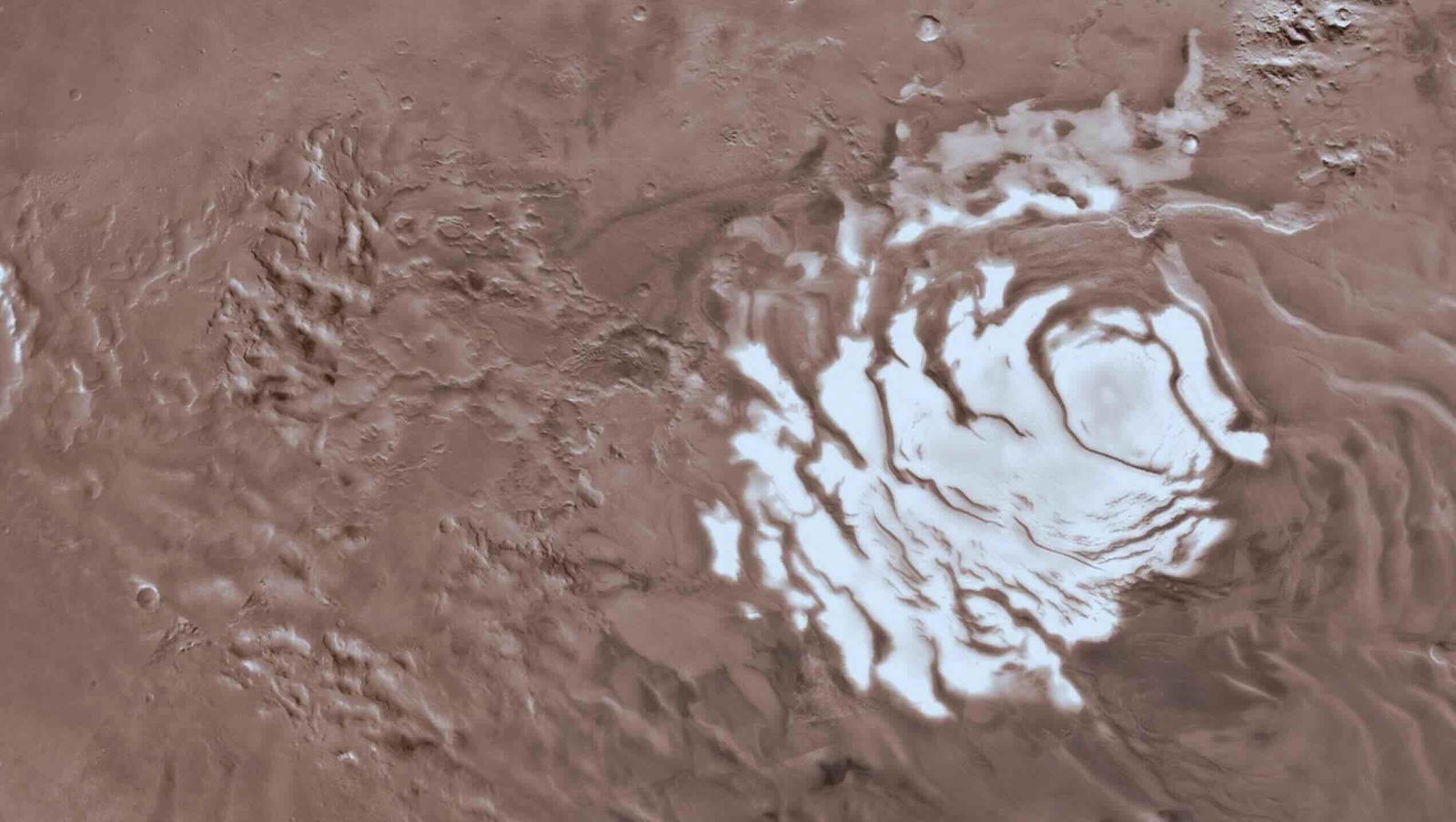Scientists have discovered that exposed ice on Mars could create conditions suitable for photosynthesis, suggesting the possibility that microbial life could thrive there despite the planet’s harsh environment and intense ultraviolet radiation.
The new findings reveal the potential for the existence of life on the Red Planet near its sub-latitudes, revealing that photosynthetic organisms may be uniquely suited for survival in certain icy exposed regions on the planet.
Great, now we’re going to have to fight the apparatus of the wealthy again to keep musk from destroying whatever life might be on Mars with his self aggrandizing BS.
or polluting it with Terran life, and with that skew tests for indigenous Martian life.
Cody just released a video about exactly this: Maybe humans should not go to Mars yet
Thank you! Added to my watchlist.
The article is a bit sensationalized (as with a lot of science journalism). Nothing has really been “discovered” - an analysis of current data on Martian environmental conditions suggests that there might be a narrow window in which photosynthesizing organisms could live. The title of the paper is literally Potential for photosynthesis on Mars within snow and ice.
The potential is highly conditional:
Our analysis shows that despite higher surface ultraviolet radiation levels on Mars than on Earth, it is possible for terrestrial photosynthetic organisms to find locations within exposed ice on Mars with favourable solar radiative conditions. However, terrestrial microbes also require temperatures greater than 255 K for cell division to occur, and photosynthesis requires the presence of liquid water. While martian polar ice deposits are too cold for melting to occur at these depths, and ice present within soil pores is unlikely to melt, numerical models developed specifically for martian snow suggest that small amounts of melt and runoff (up to 0.33 mm per day for ~50 days each martian year) can be produced within exposed mid-latitude martian snowpacks containing ~0.1% dust, centimetres below the surface.
Seriously this is so narrow:
The predicted amounts of melt and runoff are very sensitive to the ice grain size and dust content. The grain size of exposed ice in the martian mid-latitudes is currently unknown, […]
Still, though:
The results presented here indicate that radiatively habitable zones exist within exposed mid-latitude ice on Mars at depths ranging from a few centimetres for ice with 0.01–0.1% dust, and up to a few metres within cleaner ice.
The paper mentions terrestrial cyanobacteria which survive in similar conditions, so it’s possible that if life ever developed on Mars it could exist there.
I think the most interesting conclusion here is that there might be suitable conditions for living organisms on Mars right now, where most of the research has been looking for signs that life existed there millions of years ago. We really do need to investigate these possibilities further before any humans (giant sacks of bacteria) go and contaminate the environment.




